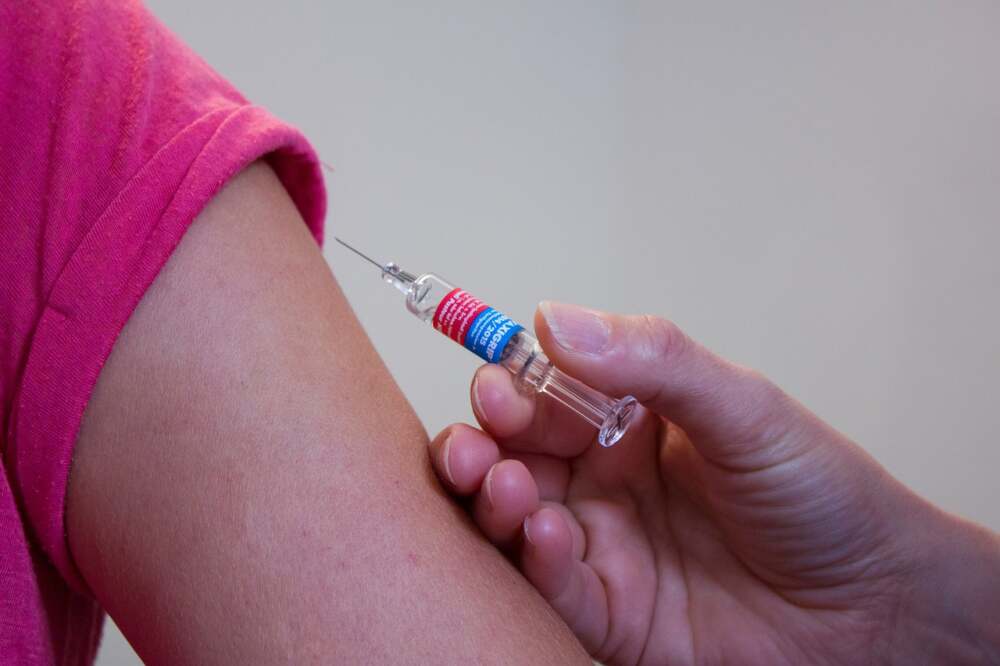Estonia, a small Baltic nation, has become an unlikely epicenter in the European opioid crisis. Since 2019, the country has seen a surge in the distribution of nitazenes, a class of synthetic opioids far more potent than fentanyl. These drugs have not only devastated Estonian communities but are now beginning to infiltrate the UK, raising alarms among health officials and law enforcement.
The Rise of Nitazenes in Estonia
In 2017, a concerted crackdown by Estonian authorities dismantled Russian-linked fentanyl trafficking networks. However, by 2019, new synthetic opioids known as nitazenes began to surface. These substances are reported to be significantly more addictive and potent than fentanyl, leading to a sharp increase in overdose deaths. By 2022, nitazenes were implicated in over half of Estonia’s drug-related fatalities.
Impact on the UK
The UK has not been immune to this crisis. Between June 2023 and January 2024, nitazenes were linked to more than 400 deaths in Britain. Experts believe that many deaths may have gone unreported due to the drugs’ potency and the challenges in detection. With Estonia accounting for 96% of nitazene seizures in Europe, the UK is increasingly seen as a target for these illicit substances.
The Role of Online Markets
The proliferation of nitazenes is partly attributed to the rise of online dark web marketplaces. These platforms facilitate the anonymous sale and distribution of synthetic opioids, making it difficult for authorities to track and intercept shipments. The ease of access and low cost have made nitazenes particularly appealing to users and traffickers alike.
Government Response
In response to the escalating crisis, both Estonian and UK authorities are intensifying efforts to combat the spread of nitazenes. Estonia has implemented stricter border controls and increased surveillance of online drug markets. The UK government is collaborating with European counterparts to enhance intelligence sharing and disrupt trafficking networks. Additionally, public health campaigns are being launched to raise awareness about the dangers of nitazenes and promote harm reduction strategies.
Conclusion
The emergence of nitazenes in Estonia and their subsequent spread to the UK highlight the evolving nature of the European opioid crisis. As synthetic opioids become more potent and accessible, both nations must continue to adapt their strategies to protect public health and prevent further loss of life.
















Leave a Reply